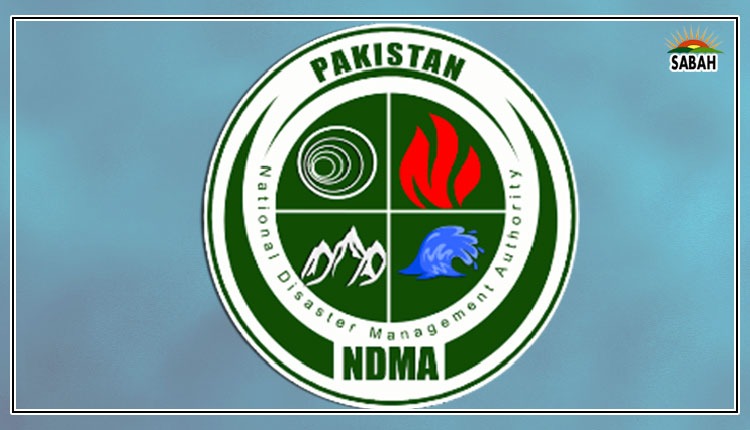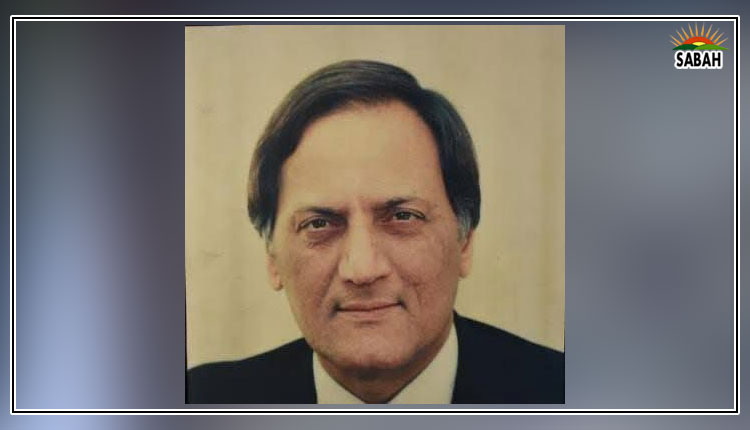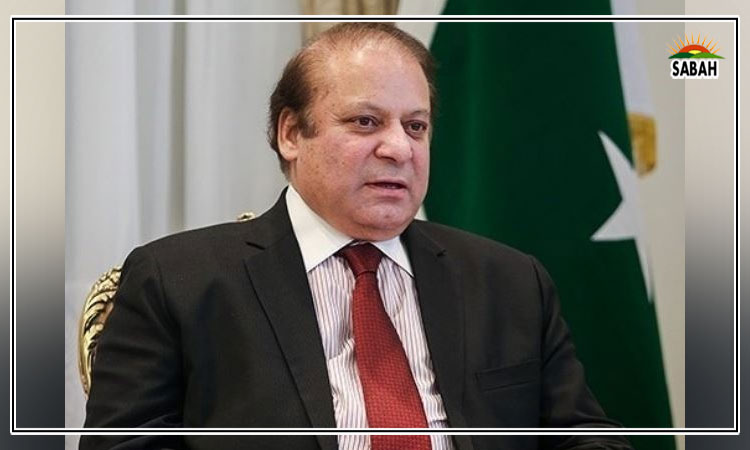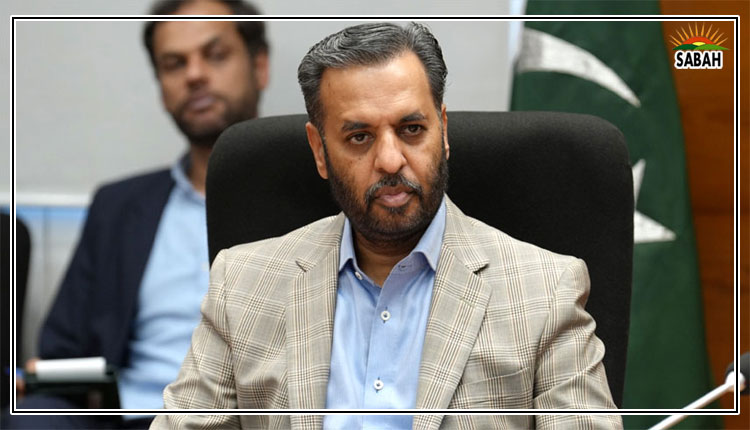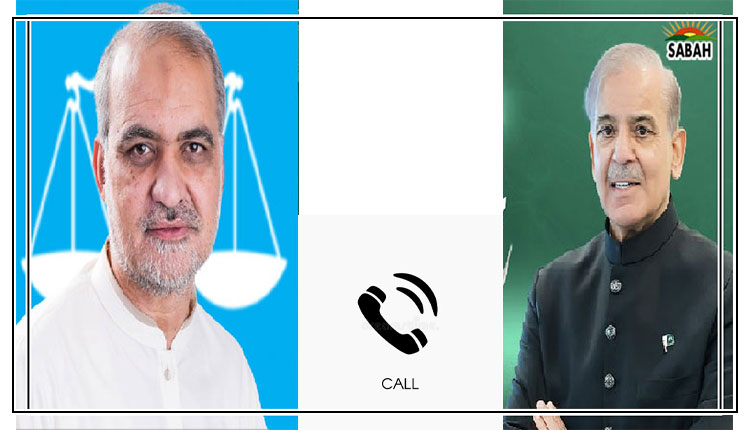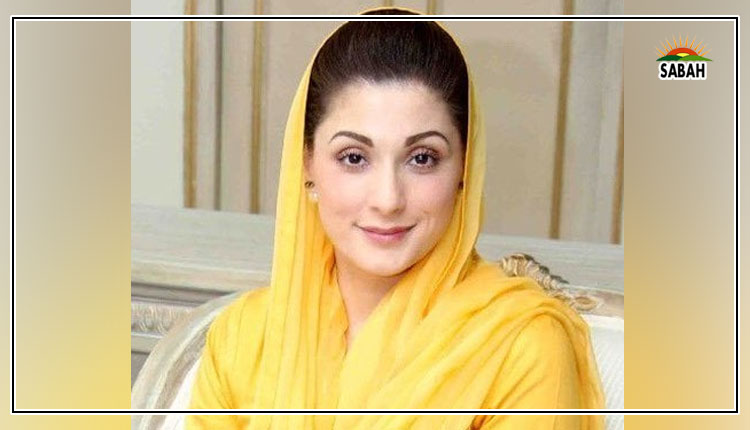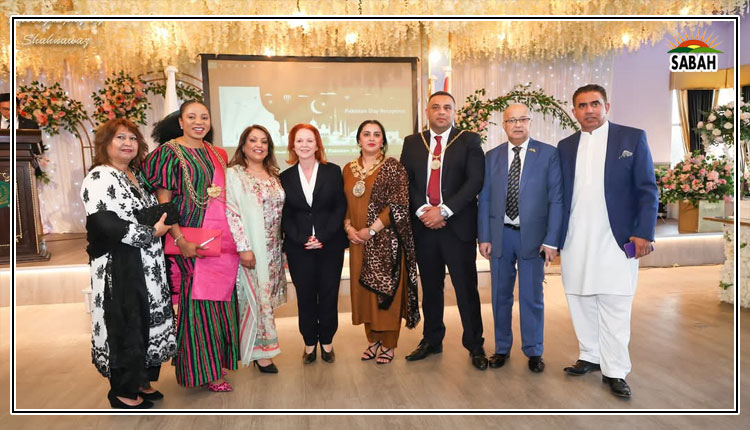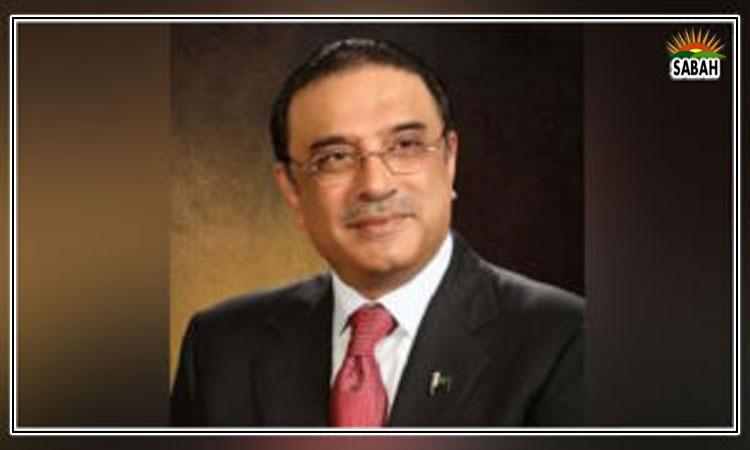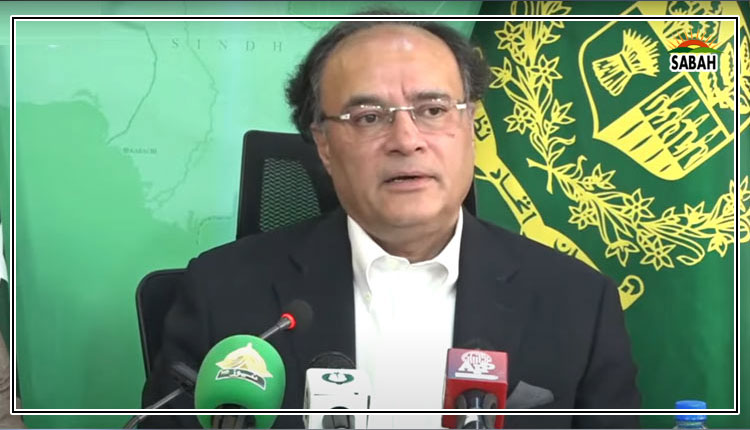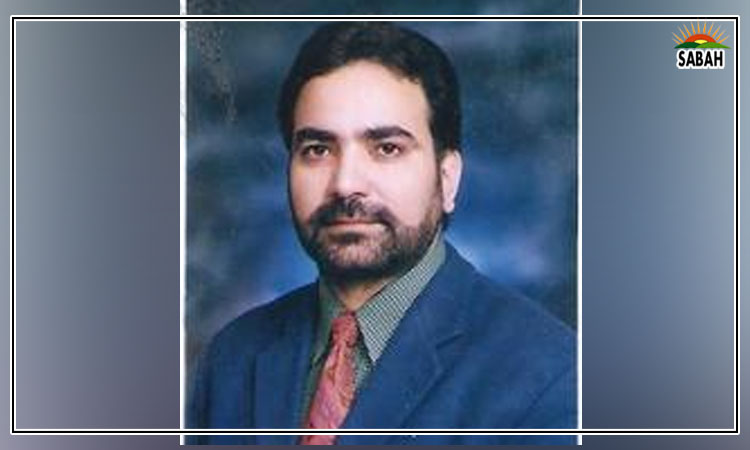PTI: popular but not organised…By Suhail Warraich
Despite the PTI committing two big blunders on May 9 (2023) and November 26 (2024), the majority of the population in Punjab and Khyber Pakhtunkhwa still support the party. While these two major blunders did shake the confidence of the PTI voters in the strategic wisdom of their hero, they still prefer to stick by their leader in the most difficult times of his otherwise high-profile career.
Though the PTI is at the peak of its popularity, the fact is that it badly lacks organisation and discipline in the party ranks. Although Imran’s voters, especially in Punjab, continue to sympathise with him in their drawing room gossip, they lack strong commitment. No one is ready to sacrifice and face the wrath of the PTI’s opposition for an incarcerated Imran.
Most of his Punjabi voters are middle-class rightists who, like the PML-N’s voters, are loyal to him, but are very cautious activists who do not take risks – neither for their ideals nor their party or leader. Moreover, there is no party structure, at least in the majority province of Punjab. One may call it fear or oppression of the establishment, but the fact is that not even a fly came out in Lahore or any other major city of Punjab in response to Imran’s final call for a Long March to Islamabad.
Lahore has always been politically very symbolic, indicating the aspirations of the people of Punjab. Historically, all movements, political or religious, have started from Lahore. Therefore, it was odd to see the mysterious silence of Lahoris at a critical political juncture when the political temperature in KP was boiling – while Imran’s birthplace remained in a strange slumber. Many pro-government critics may interpret this inaction of the people of Punjab as a shift in their feelings about the party, a shift away from its outstanding performance in the 2024 elections.
Some people will consider this as unfaithful behaviour by those in Punjab. They consider it a direct result of the oppressive policies of the establishment and the Punjab government, but in my view, this lack of interest shown by PTI followers indicates a total lack of discipline and organisation within the party.
For years and years, the PTI hasn’t been able to deliver effective leadership that can lead the province of Punjab. The likes of Buzdar have been representing Khan in Punjab. PTI Punjab’s President Hammad Azhar has been hiding since the May 9 attack on the corps commander’s house in Lahore.
The same is the case with Mian Aslam Iqbal, who is also in hiding while Ijaz Chaudhry, Mian Mahmood ur Rasheed and Dr Yasmin Rashid have been in jail since the May 9 incident.
There is no second or third-tier leadership of the PTI. The district and tehsil level organisations are either non-existent or totally disorganised. Mass parties are usually popular, but they are disorganised. Even in the worst-case scenario, political parties always have a small proactive class of workers who are always active during protest calls. Their active role usually covers the overall lack of organisation and discipline within the party ranks.
The PTI has failed on this count as well. We haven’t seen hardcore Punjabi PTI supporters (Insafis) bypassing the bravery of PPP jiyalas and PML-N matwalas, at least in the province of Punjab. The PTI is a disorganised crowd of disgruntled workers with multiple and contradictory aspirations. They either worship their immortal hero or they hate his opponents to the hilt. Other than these two points, the PTI followers have no common agenda, no common goal and no common aspiration. This motley crowd from Punjab has failed the party leadership following Imran’s ‘final call’.
I still remember how in the late 70s, when the PPP’s popularity was at its peak, Bhutto’s party had the most organised structure in Punjab. The PPP had a full-fledged organizational structure even in Chak No 6, NB (Northern Bank) – a small village near Bhalwal. Sahibzada Mian Latif was the chairman and Mubarik Muslim Sheikh alias Mubaroo Mussalli was its general secretary. All the deprived and poor communities were siding with the PPP at that time. They would stealthily vote for the PPP despite the pressures of their mighty landlords who used to oppose the party.
The PPP could organise a series of protests against Zia’s martial law for years because of this strong and in-depth party structure.
Unlike the PPP, the PTI has no such party structure and has never tried to organise the party at this level. This inherent fault stops it from evolving into an anti-establishment agitating party. The PTI is essentially a mass party which can push its leader to the power corridors, but expecting a street fight with the powers that be is too much to expect from the PTI.
The Islamabad March has exposed the political divide among the different classes of society. During the days of the march, the urban middle class and the corporate class were on the edges of their seats. They were worried about their future and stability, but the business and industrial class remained calm and tried to avoid an uncertain political situation.
This belief can be seen in the record-breaking bullish trends of the stock market during days of extreme uncertainty. The confidence of the business class didn’t shatter even after the fateful day of the clash on November 26. This clearly shows that the business class is aligned with the establishment and remains unconcerned with the PTI’s protests. It seems the business class has stopped taking the PTI seriously and is fully supporting the economic agenda of the present regime.
The PTI strategy to keep the attention of its voters and supporters has strengthened the narrative of the party, but at the same time, continuous strategic defeats have started demoralising activists as well. The consecutive failures of six protest calls have fatigued party activists. This is why the PTI founder needs to revisit his strategy in Punjab. Otherwise, demoralisation, disorganisation and the absence of provincial leadership can cost it dearly.
The writer is the editor of Jang in Lahore, an anchor, and the executive director at Geo TV.
COURTESY


